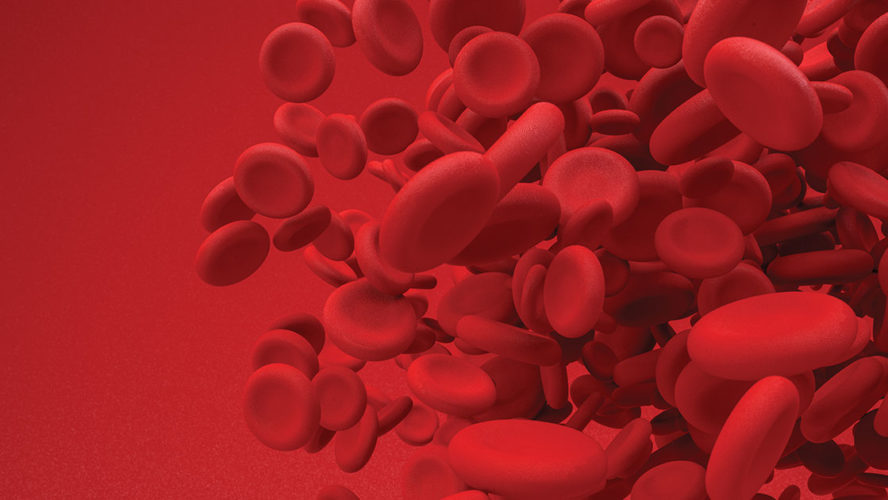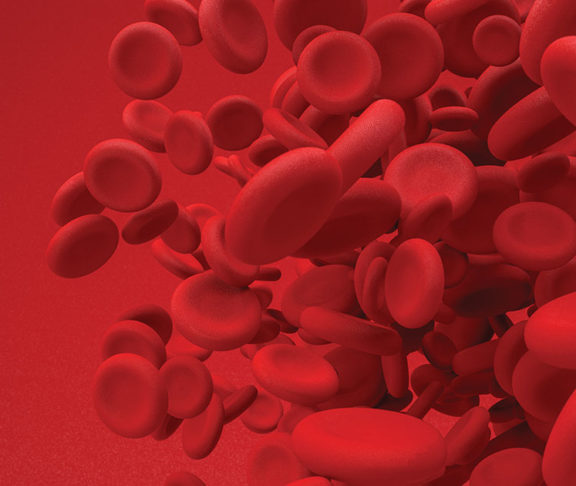It is an exciting year for progress toward a cure in blood cancer as dozens of drugs and therapies are being developed for multiple myeloma.

Joseph Mikhael, M.D., M.Ed.
FRCPC, Chief Medical Officer, International Myeloma Foundation
Multiple myeloma is a blood cancer that originates in the bone marrow, which is the factory of our blood. The specific cell that becomes cancerous is the plasma cell — the cell that makes antibodies. When you have a vaccination, or when your body is exposed to an infection, it is the plasma cell that jumps into action and produces antibodies (also known as immunoglobulins) to help fight that infection.
When plasma cells become multiple myeloma cells, the antibodies they produce now damage the body and can particularly cause bone and kidney damage.
Multiple myeloma accounts for about 2% of all cancers but is twice as common in African Americans. It has been historically considered incurable, but the prognosis has dramatically changed over the past 10 years — with most patients living a decade or more. However, we are aware that tremendous disparities exist in myeloma, especially in the African American community, including delayed diagnosis, reduced access to therapy, and, as a result, shortened survival.
The International Myeloma Foundation has a dedicated program to help overcome these disparities. The M-Power Project is designed to empower patients and communities to change this unfortunate course of myeloma. Learn more about the program at mpower.myeloma.org.
Increasing treatment options
The increasing number of treatment options has been one of the reasons behind considerable improvements in survival rates among myeloma patients. We now use more combinations of new therapies in the frontline setting, as well as during a relapse.
It is in the relapse setting where we have seen the greatest progress in the development of new treatments, especially those considered to be “immunotherapy,” where we employ a patient’s own immune system to fight the myeloma.
One of the most exciting forms of immunotherapy is CAR T-cell (chimeric antigen receptor) therapy. In this process, we collect T cells from patients — these are like soldier cells that are designed to attack. We then “teach” these T cells to recognize the myeloma cell by attaching to them a receptor that is specific to the myeloma.
Furthermore, we multiply them in the lab so we now have a full army of T cells primed to attach to the myeloma. We then re-infuse these cells into the patient.
Whereas prior relapse therapies may induce a response in about 25-30% of patients, we are seeing response rates with CAR T-cell therapy of over 90% which is truly remarkable.
Not only are we seeing incredible response rates, but we are also seeing that they are durable—lasting over two years in most patients. We now have two CAR T-cell products approved by the Food and Drug Administration and many more on the way.
A bright future
Lastly, the future is bright in myeloma research, and it brings hope to our patients.
The next wave of therapies will be “bispecific” antibodies. These are drugs we give directly to patients that have two arms (hence the phrase “bi”)–one arm attaches to the myeloma cell, while the other attaches to a local T cell and immediately engages it to destroy the myeloma cell.
This saves the complexity of CAR T-cell therapy by avoiding the challenge of collecting T cells, manufacturing them, and re-infusing them in the patient.
Over 10 bispecific antibodies are being developed, and we are seeing response rates in about two-thirds of the patients. This is unprecedented.
And there are dozens of other drugs and approaches being developed for myeloma.
I have been a myeloma doctor and researcher for over 25 years. I have never seen a more exciting year than 2022 for the development of new ways to conquer this awful disease. There is still so much to do, but we genuinely believe we are seeing a cure on the horizon.
In recognition of September being Blood Cancer Awareness Month, the International Myeloma Foundation (IMF) encourages you to participate in the #kNOwMyeloma campaign by visiting www.knowmyeloma.org.

